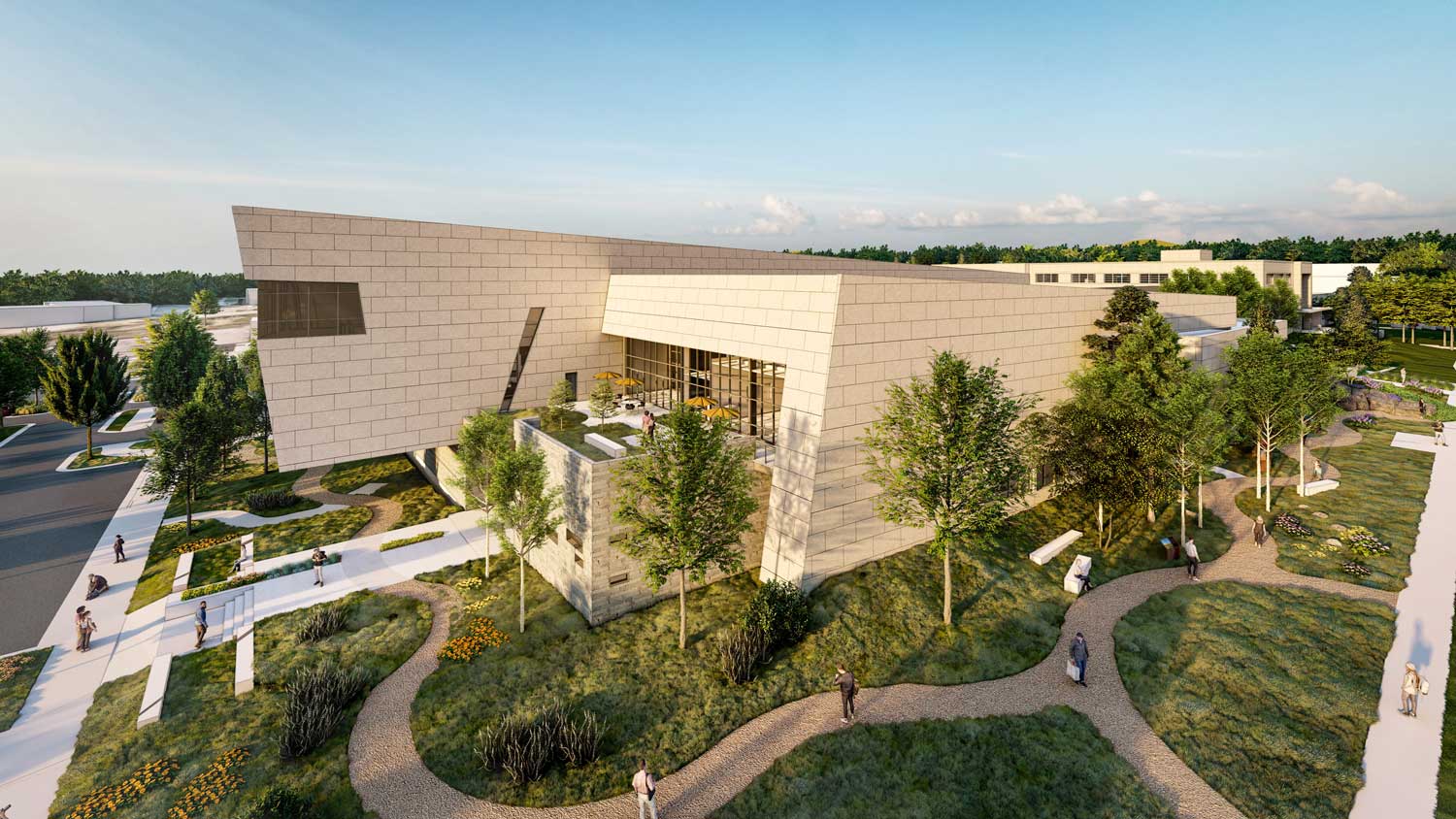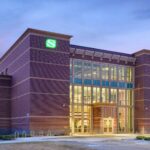We’re Celebrating World Landscape Architecture Month 2023!
With spring in the air, it’s a great time to highlight how we can bring people closer to nature and bring nature closer to us through the talents of landscape architects.
Each year, we do a series of social media posts to showcase a few of our landscape architecture projects in the conceptual stage, in progress, and completed. This year, I thought I’d also share these design vignettes on our blog. So, here’s a little round up with a short story and inspiration for each project, along with big kudos for our talented landscape architecture team and the creative ways they enhance the spaces we spend our time.
Envisioning a Multifamily Neighborhood Immersed in Greenery
To be located in the Moose Can Gully neighborhood of Missoula, Montana, the Hillview subdivision will be a new multifamily residential community with access to parks, an extensive trail system, and incredible views of the city and Missoula’s South Hills.
For this project, our landscape architecture team envisioned a design with prominent native plant populations, rustic outdoor recreational areas, and nature-themed active transportation, which all integrates within the site context. The property is bordered by undeveloped county land, an established neighborhood, a conservation easement, and the forested riparian area of Moose Can Gully. The subdivision’s trail network connects the entire development to nearby pathways and weaves through swaths of open space.
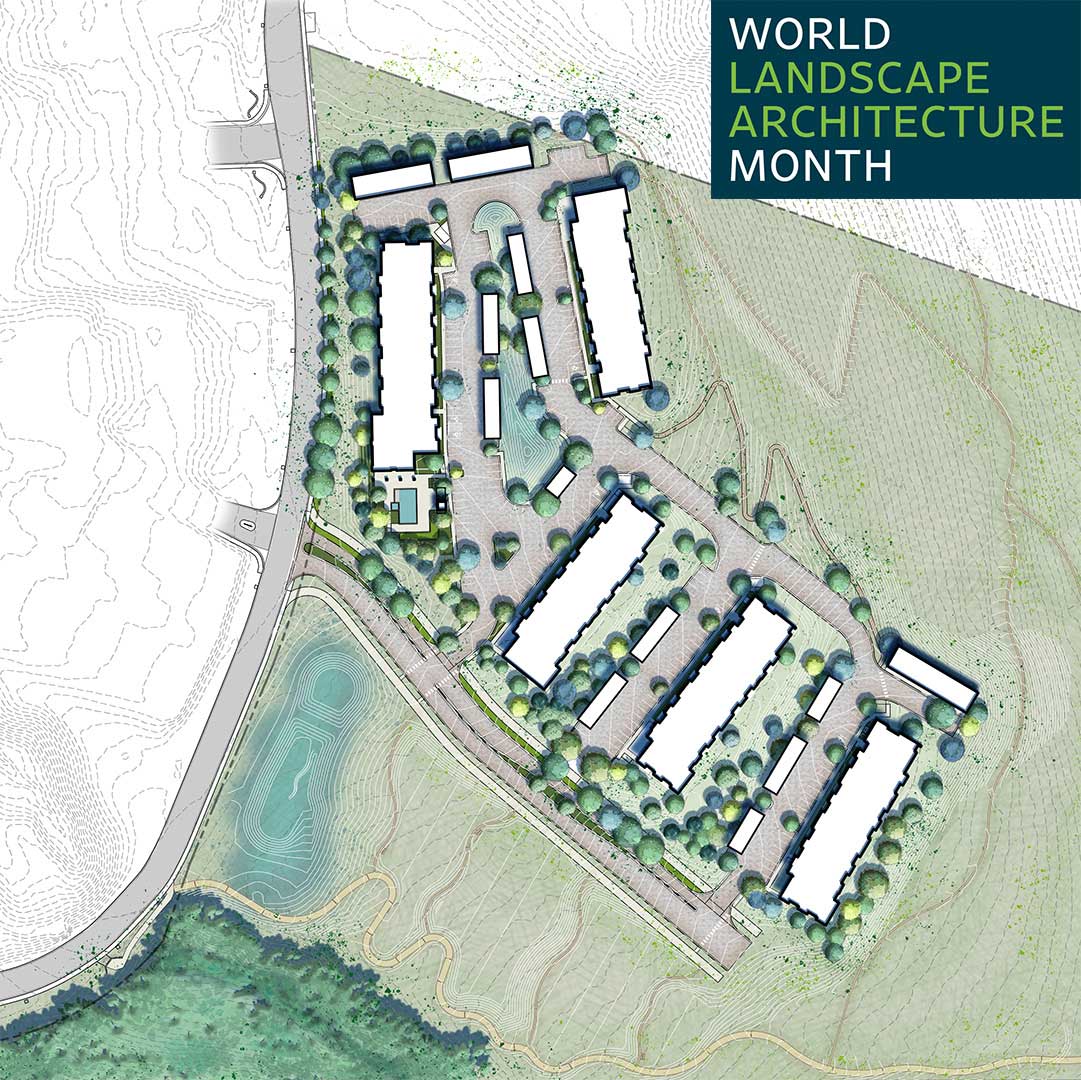
The natural features of the Hillview site inspired this watercolor rendering by landscape architect Stephanie Donovan. Her rendering emphasizes the undulating topography of Moose Can Gully, a terraced neighborhood park, and the hillside from which residents will be able to enjoy beautiful sunrises and sunsets, illustrated here in hues of pink, orange, and golden yellow.

Encouraging Nature-Based Creative Play
Residents of Billings, Montana, will soon have a new nature-based playground located in Castle Rock Park. The first phase of the Castle Rock Park Master Plan to be built following plan approval, the playground will be adjacent to the existing splash pad and be built into a hillside overlooking the park. It will include all-wood play structures, a 75-foot zipline, and a soaring 30-foot-tall timber tower as a focal point of the park.
The design team worked with playground manufacturer Earthscape and client Billings Parks and Recreation to envision and deliver an adventurous, multi-level landscape where children and families can fully engage in imaginative, creative play for generations to come.

Castle Rock Park is the largest park in the growing Billings Heights neighborhood and currently comprises 25 acres with large, open fields, tennis courts, a splash pad, a pond, and ample opportunity to expand and enhance the facilities for residents and visitors.
Public parks are a great way for kids to enjoy nature and the outdoors. They make up their own games while exploring and interacting with the world around them. This new playground was designed to blend in with and take inspiration from nature so kids can really appreciate the wonder it offers.
Dayton Rush
Landscape Architect

Enhancing Workplaces with Areas to Recharge
Many people have heard of, or have experienced, pocket parks in cities, but how about pocket parks at workplaces? Creating spaces for employees to take a break or work outside can help them rejuvenate with fresh air and sunshine.
This outside area for employees of a company in California incorporates a variety of seating to suit different needs, such as shaded areas for working on a laptop or eating a meal, lounge-type seating for social gatherings, individual lounge chairs with a bit of privacy, and several hammocks. Designed to be dog friendly, employees can even share the space with their pups. The space is functional for foot traffic and moving around the different types of furniture and is surrounded by trees and greenery, giving it a feeling of a sanctuary.
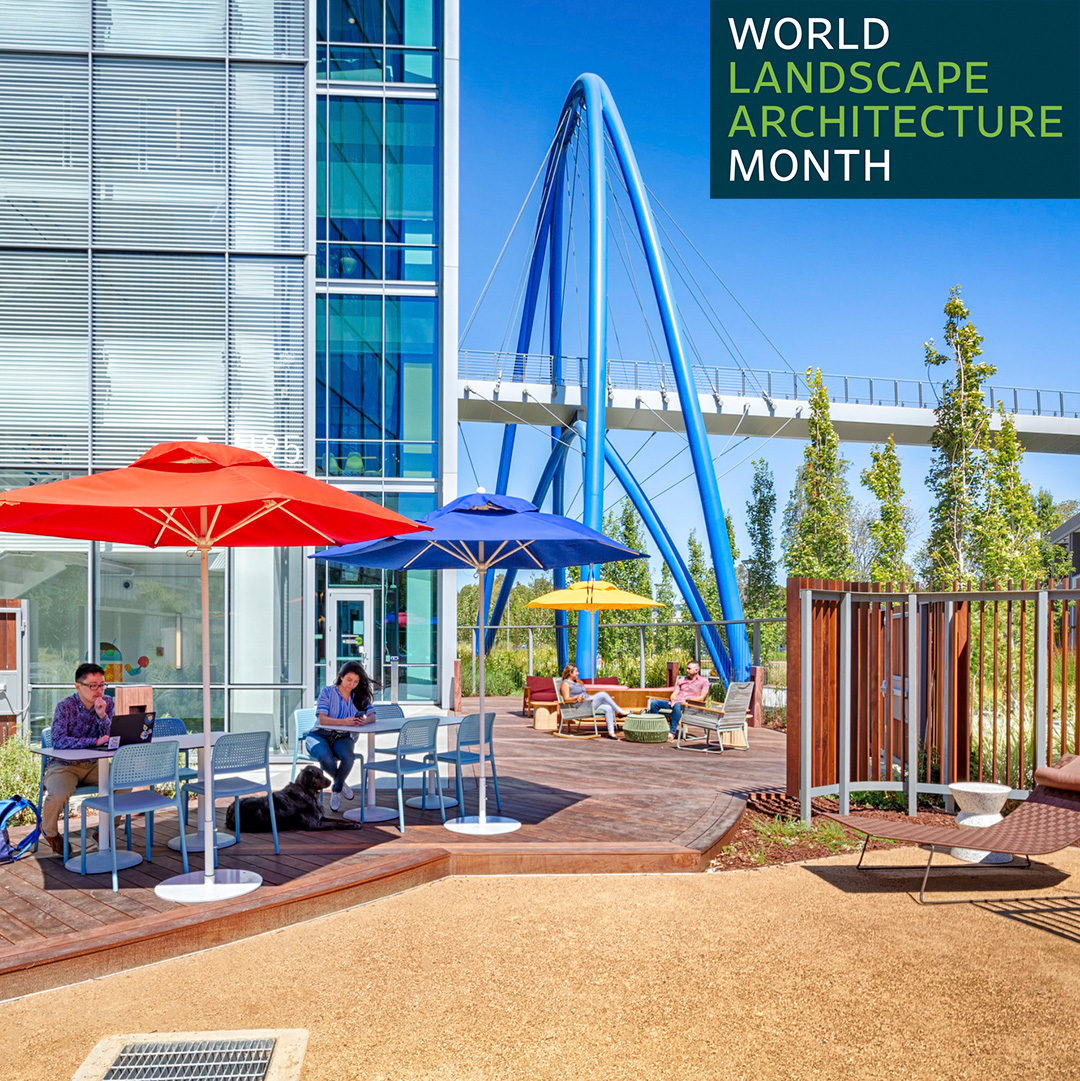
This pocket park is one destination among many at this workplace comprising six buildings clustered to promote connectivity and assembled around wide pedestrian promenades, ample social and recreational space, and public art sculptures with 35% of the campus dedicated to open space and park areas.
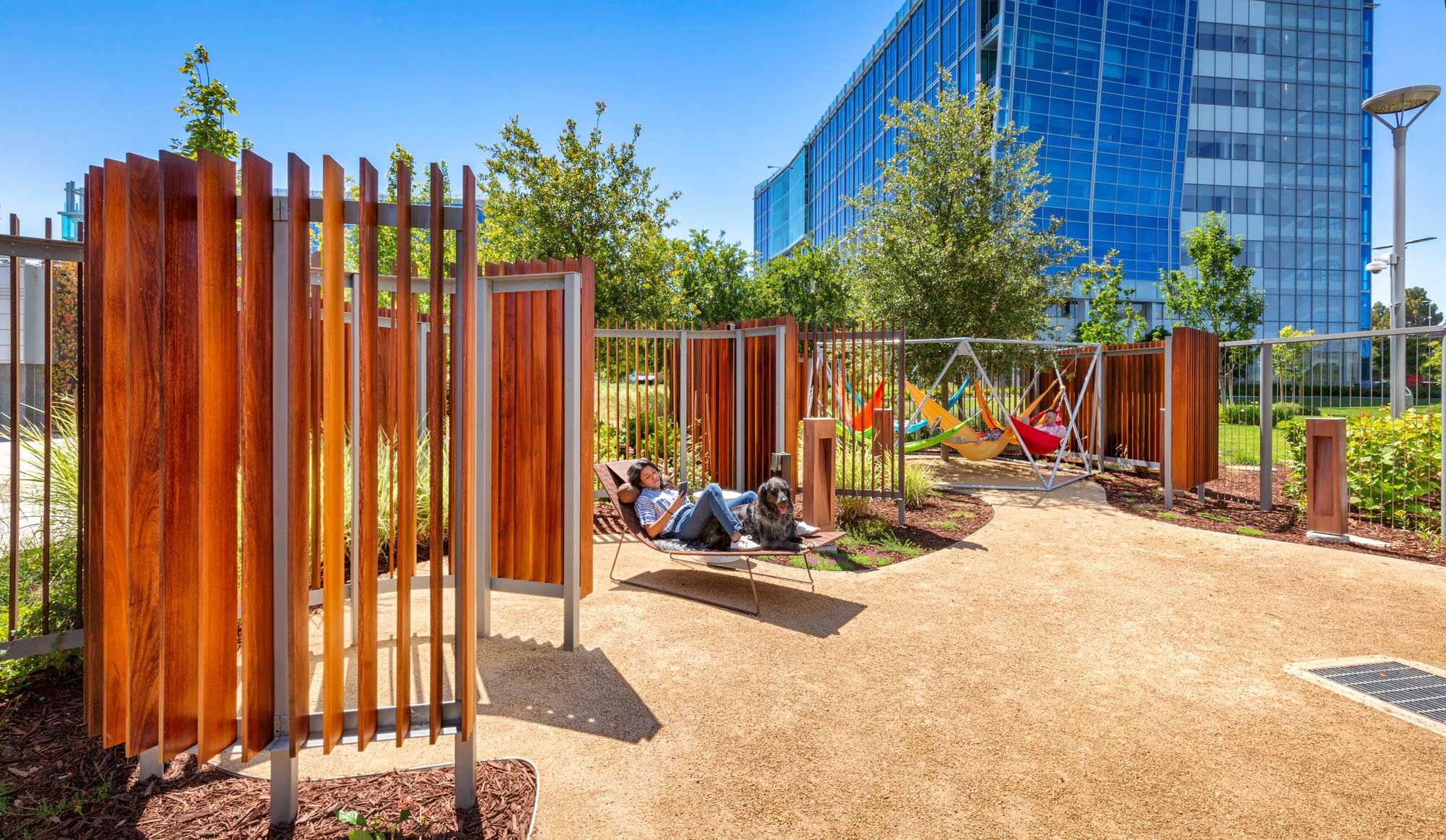
Creating a Sense of Place through Geography, Culture, and History
Opening in 2025, the Montana Heritage Center will not only be home to the Montana Historical Society, but also a world-class destination and gathering place for people to learn about the history, stories, and culture of the state.
The slope of the site provides an opportunity for the landscape design to create a journey for visitors to approach the building through lower elevations reminiscent of plains and grasslands, then through foothills and forests, and up to mountains at higher elevations. The experience extends to the building where the ascent continues to the lookout area at the top of the new structure. Linking it all together is a pathway representing the rivers that flow from the mountains to the plains, providing motion and direction, and an almost instinctive wayfinding.

Among the surrounding trails, the landscaping will also create interest through mounded earth inspired by the moraines left behind when the glaciers melted and receded. Stone shapes on the ground have been envisioned as rock that has calved from the building over time, just as rocks and boulders fall to the landscape from the mountains.
We hope the exterior environment provides visitors an opportunity to feel an intimate connection to the spectacular Montana landscape and the people who have lived here over the generations.
Wes Baumgartner
Landscape Architect
